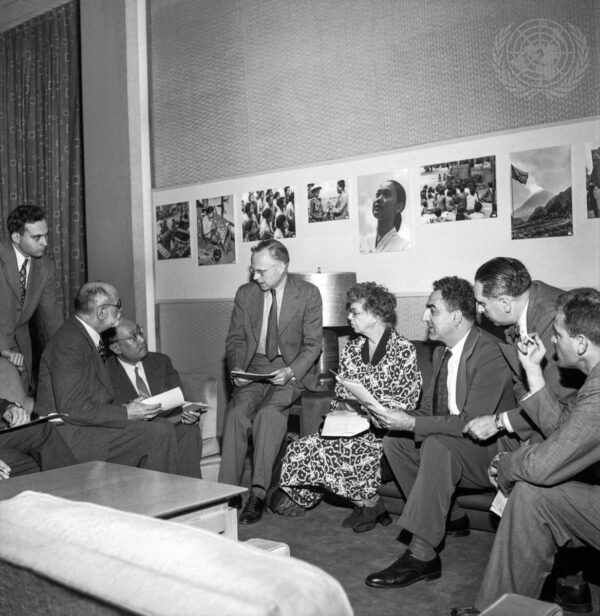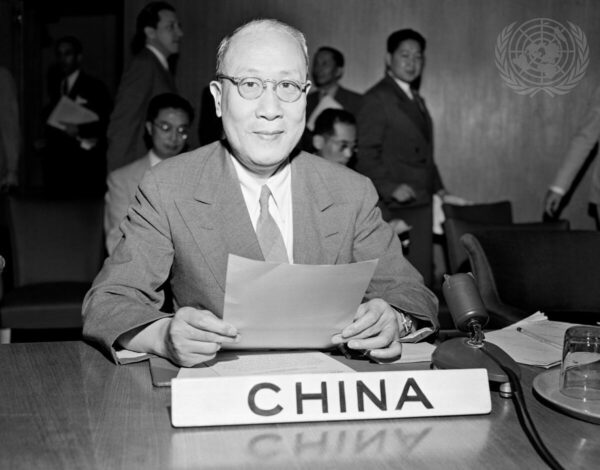
Human Rights 101: The Universal Declaration of Human Rights
In this lesson, students will learn how human rights differ from civil rights and gain introductory knowledge of how the international community united to define and defend human rights.
acf domain was triggered too early. This is usually an indicator for some code in the plugin or theme running too early. Translations should be loaded at the init action or later. Please see Debugging in WordPress for more information. (This message was added in version 6.7.0.) in /nas/content/live/ncchredu/wp-includes/functions.php on line 6121
Nearly every biography of Dr. Peng-chun “P.C” Chang describes him as a “renaissance man,” and for good reason. Chang was born in Tianjin, China in 1892. He travelled to the United States to pursue his education and graduated with a Bachelor of Arts from Clark University in 1913. Chang went on to earn his PhD from Columbia University’s Teacher College where he focused on Chinese Studies. Throughout his time in the US, Chang’s primary focus was on theater. While studying and later, as a professor at Nankai University, Chang utilized Chinese theater to broaden Western understanding of Chinese culture.
In 1942 Chang shifted from his role as a professor and cultural ambassador to an official diplomat when he was appointed as China’s representative to Turkey. From that point forward, Dr. Chang served as a delegate to the United Nations and was instrumental in shaping global human rights policies. He was a strong proponent of cultural understanding and cooperation among nations, emphasizing the importance of dialogue and mutual respect in international relations. Dr. Chang’s work laid the foundation for the inclusion of human rights principles in international law and diplomacy.
Featured in

In this lesson, students will learn how human rights differ from civil rights and gain introductory knowledge of how the international community united to define and defend human rights.